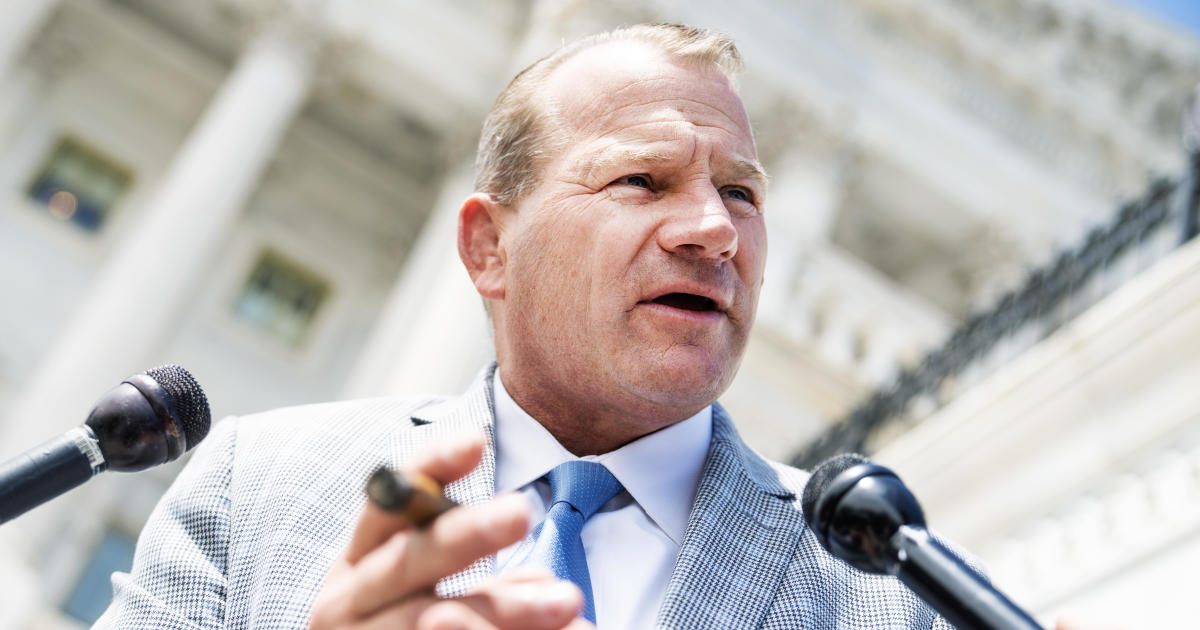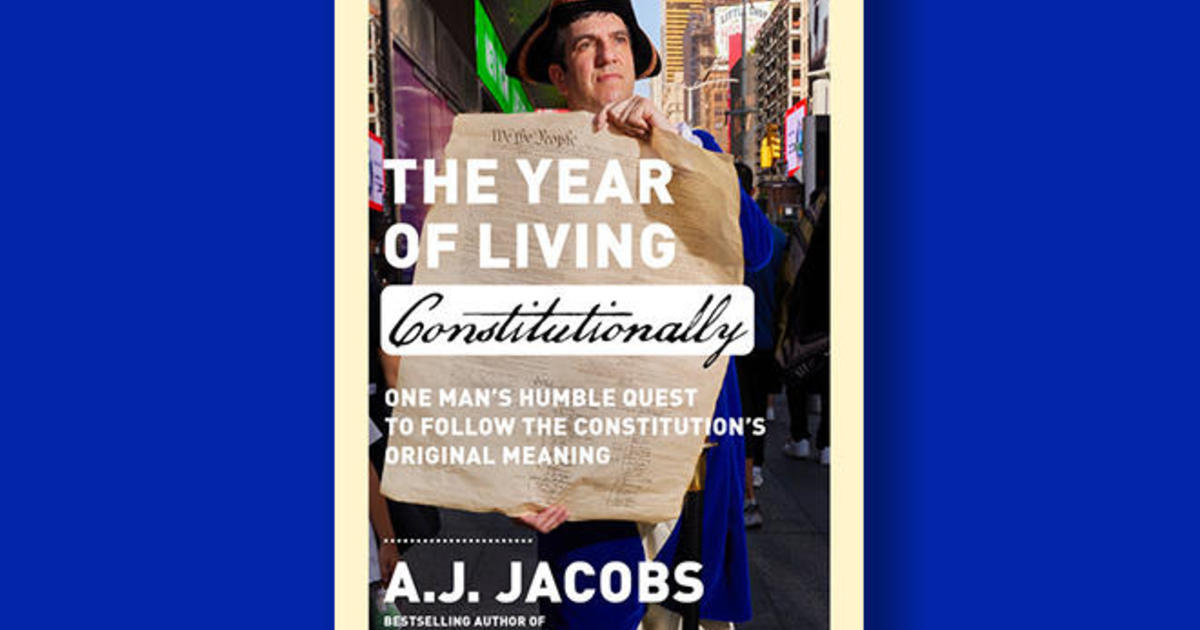Democrats turn to the environment as the next front in fighting inequality
There's a new arena congressional Democrats see as a way to help both combat the climate crisis and fight racial inequality: environmental justice. And two new bills aim to help combat what advocates say leads to higher household utility bills in poorer communities and neighborhoods with more pollution, among other consequences.
"We have structural injustice when it comes to access to a clean environment," Illinois Senator Tammy Duckworth told CBS News. "Communities of color, poorer communities, are where we've tended to put our most toxic industries and they have borne the brunt of our nation developing."
Urban and rural low-income households spend approximately three times as much on energy utilities as do affluent households. Americans of color, on average, make up 56 percent of neighborhood populations in close proximity to toxic pollutants. And a 2017 EPA report showed that low-income areas are more exposed to climate-related threats such as flooding and drought as a result of outdated infrastructure.
Duckworth plans to re-introduce Thursday the "Environmental Justice For All Act," originally introduced by then-Senator Kamala Harris in August 2020.
In southern Illinois, Duckworth, who co-sponsored the original bill, said she witnessed plumbing disparities where, in older areas, sewage would overflow after heavy rain.
She learned life expectancy in Chicago can oscillate as much as 16 years from affluent to low-income neighborhoods.
"That's not from gun violence, it's purely from access to health care and a clean environment," she said.
It was an ah-ha moment, she said, in her 2016 Senate run. Now, her 130-page bill aims to achieve "health equity, and climate justice for all" through a number of measures including strengthening the Civil Rights Act of 1964 and establishing a working group to ensure nationwide compliance.
The Department of Energy defines environmental justice as "the fair treatment and meaningful involvement of all people, regardless of race, color, national origin, or income, with respect to the development, implementation, and enforcement of environmental laws, regulations, and policies." In practice, this means that no community should disproportionately feel the burden of commercial or municipal operations. That could manifest in exposure to pollution, loss of land rights, or lack of access to outdoor space.
Across the Mississippi River from southern Illinois is St. Louis, Congresswoman Cori Bush's district. Growing up in the city, Bush, a registered nurse and activist, said she was unaware of the interconnectedness of her neighborhood, her health, and her environment.
"I used to think that [environmentalism] was about recycling, and it was about polar bears," she told CBS News. "I had no idea that it affected my actual milieu."
In January, Bush, along with Duckworth and Massachusetts Senator Ed Markey, introduced the "Environmental Justice Mapping and Data Collection Act of 2021," which would pay to collect and identify the various data points used to gauge pollution levels in a given community.
Environmental mapping aims to quantify the cumulative impacts of all sources of pollution in a geographic area using factors like water quality, air quality, proximity to green space and utility costs.
One such program already exists in California. The CalEnviroScreen was commissioned by the state's Environmental Protection Agency in 2010 to better track environmental injustices and vulnerable communities. Today, the interactive online map lets residents see the score of their own zip code.
California Office of Environmental Health Hazard Assessment's Dr. John Faust led the creation of the tool. Faust told CBS News that the dataset for California alone is so unique and complex that to do the same across the country would take considerable time and resources. However, Faust added that it could create an opportunity to "enhance data."
Bush said a national mapping program would provide "interpersonal community-based" information so people in affected neighborhoods -- as she was in her youth -- could understand the burdens they face.
Duckworth said that the pandemic highlights environmental disparities. Environmental justice advocates suggest that because a person of color is more likely to be exposed to pollutant-caused respiratory illness, those same groups have been disproportionately affected by the virus.
A 2020 National Institutes of Health study found that "Historically redlined census tracts have significantly higher rates of emergency department visits due to asthma, suggesting that this discriminatory practice might be contributing to racial and ethnic asthma health disparities. And a USA Today investigation showed people of color make up the majority in 31 of the nation's top 50 counties with the highest COVID-19 death rates.
Duckworth said she believes the legislation has appeal for both urban and rural areas, but no Republicans have signed on to either bill.



